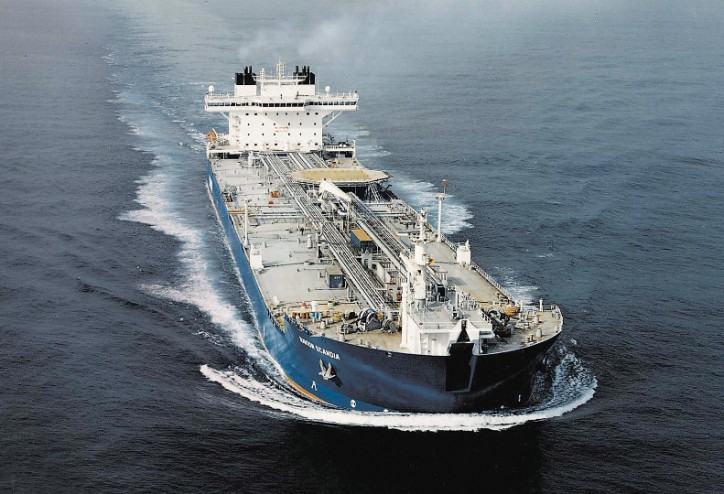One of the warning lights that there is too much oil around is no longer flashing, adding to signs that global crude markets are finally on the mend.
Just a month ago, oil traders were weighing up whether to park unwanted crude aboard tankers, while BP chief executive Bob Dudley joked that swimming pools might be needed to hold the excess.
Yet instead of offering bumper profits, as in previous market gluts, stockpiling barrels on ships would result in a financial loss, just as it has done for the past six months, in a sign the current surplus may not be as big as feared.

Image: Teekay
Declining US oil production coupled with disruptions in Opec members Iraq and Nigeria have helped revive crude to $40 a barrel, leading the International Energy Agency to conclude that the worst of the rout is over.
Contrary to expectations that tankers would be needed, onshore storage has not been exhausted, according to Torbjoern Kjus, an analyst at DNA ASA in Oslo.
“There’s less going into floating storage rather than more in the past few months,” Mr Kjus said.
“Fundamentals are gradually improving. The worst of the price rout was just sentiment,” he said.
A crude trader would lose about $7.6m (€6.74m) if they wanted to park 2m barrels at sea for six months, more than double the loss they would have swallowed in February, according to data.
The losses from storage partly reflect that hiring a tanker has become more expensive amid robust demand for crude.
Day rates on the industry’s benchmark route — to Japan from Saudi Arabia — advanced to $66,641, according to data from the Baltic Exchange in London.
That is about 30% more than a month earlier. In dollars-per-barrel terms, the cost of using the ships to store for six months advanced to $6.80 from $6.16 over the month, EA Gibson estimates.
Yet the economics also give an insight into the oil market itself. Storing crude at sea becomes profitable when the spread between the current price and longer-term ones, known as contango, is wide enough to cover the cost of hiring a tanker.
The gap between first and seven-month futures narrowed to $2.59 a barrel on Monday, down from $5.07 a barrel on January 29. It’s simply “nowhere near” enough to cover the cost, said Ted Petrone, vice chairman of tanker operator Navios Maritime.
The biggest change between now and a month ago is oil supply that is been unexpectedly curbed.
One pipeline linking the northern part of Iraq to the Mediterranean Sea has halted, while another from Nigeria was hit by sabotage.
US oil production is threatening to drop below 9m barrels a day for the first time since late 2014.
Source: Bloomberg